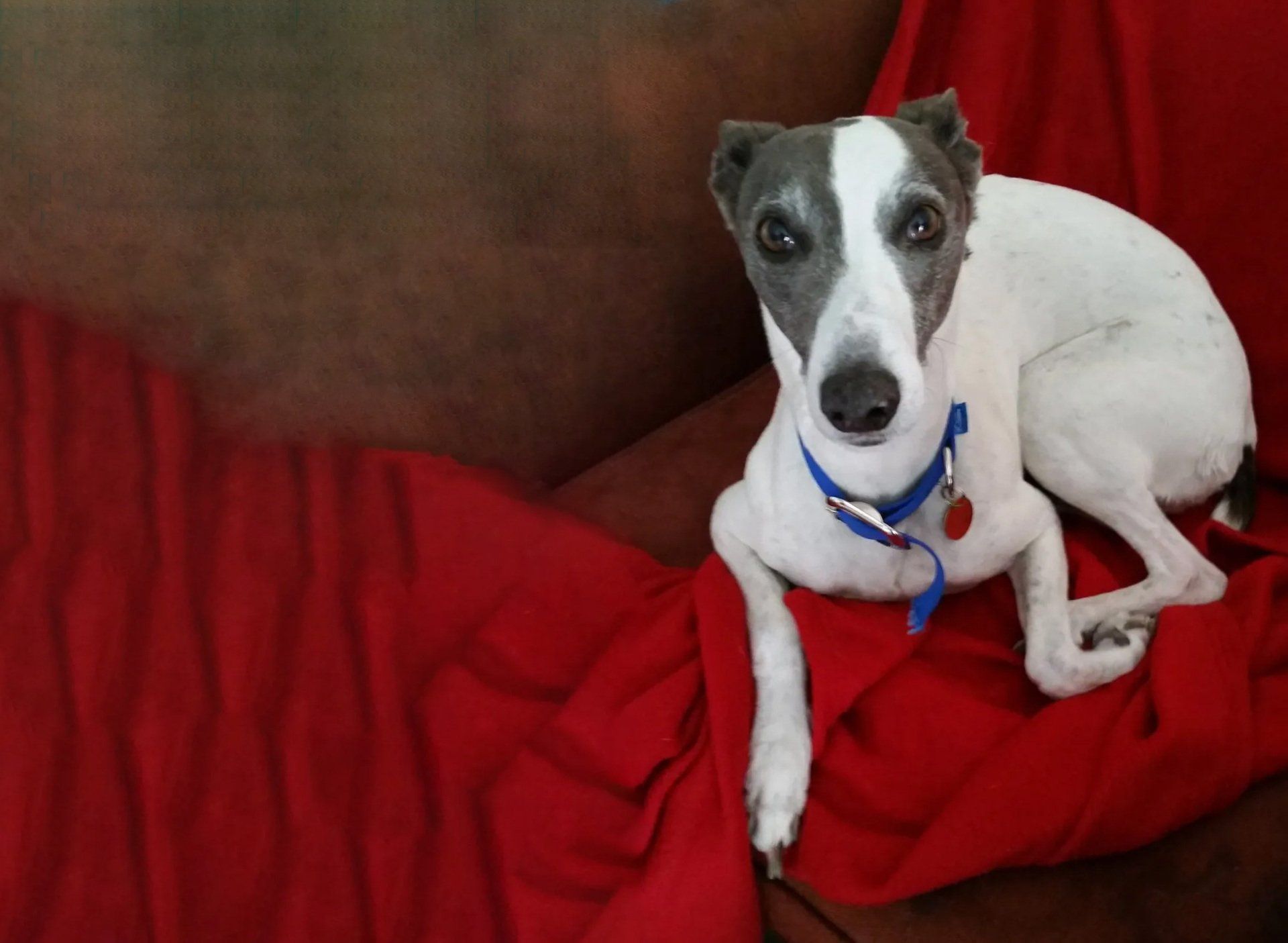A Microchip Found My Family
“I am one happy cat now. It took 2 months for me to finally feel safe and relaxed. It all started when I was 1 year old. I’m a Domestic Longhair grey female tabby. I had a loving home with 3 human siblings and 2 canine siblings. One day I was taken to this new home where I had never been before. It was okay, my family was there with me. I got used to this new home. I worked out this was where we were living now. I had not ventured outside yet as my human mother kept me locked inside for a few weeks.
This one new day I was feeling adventurous. I could see out the window that there were lots of trees and no fences like the other house had. One of my human siblings did not shut the back door. This was my opportunity to check out what was on the outside.
It was amazing at first. Lots of new smells, new trees to climb and then I spotted a rabbit. I chased and chased this rabbit. It disappeared into a bush. I lost it. I was a bit disappointed. When I turned around, I realised I did not know where I was. I was lost. These trees and bushes did not look familiar to me. I started to head in a direction that I thought was home. I was wrong. I could not find my way home. It got dark and I needed to sleep as I was tired.
For the next 2 months I had to fend for myself. I’d chase mice, rabbits and birds to survive. I lost some weight. I missed my family. I needed to find them. One day I wandered into this yard. I could see some people but they weren't my people. They patted me, scratched and fed me. Then they put me into a box. Next thing I knew I was at the pound. This man waved this funny looking device over my back. It made a beep. Then they put me in a cage.
A few hours later I heard voices that I recognised, they were my humans’ voices, my humans had found me. I knew I was nearly home…” -Kandi
Benefits of microchipping
A microchip is a tiny chip about the size of a grain of rice, which has an identification number programmed into it. The microchip has no battery, uses no energy and will last for the life of your pet.
A microchip provides a permanent form of identification which can quickly reunite owners with lost or injured pets. This could literally save your pet's life – sadly, many pets that end up in pounds and shelters are not microchipped, so they cannot be identified. This leaves them at risk of being euthanased, because their owners cannot be located. Microchips cannot be removed or fall off like a traditional collar and tag.
Please make sure you microchip all cats, dogs and rabbits. Please make sure you keep all of your records up to date with the microchipping registries. This helps happy reunions like the cat in the above story.















